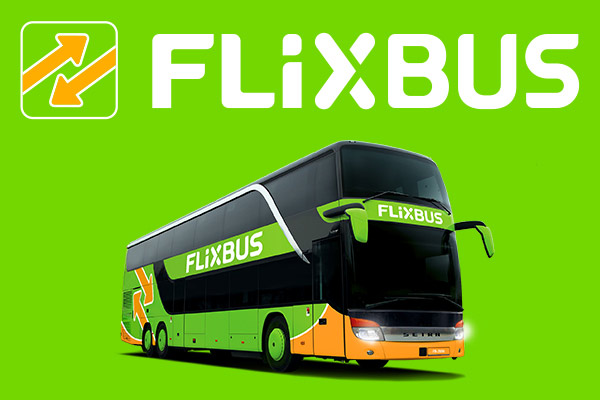German long-distance bus operator FlixBus announced Wednesday that it will begin operations in the United States. Both of FlixBus’s potential competitors in the U.S., Greyhound and Megabus, are British-owned, and now there’s a German competitor to grab market share in what could be a very lucrative market.
The company, according to Reuters, has sent personnel to Los Angeles to set up local headquarters for their U.S. expansion.
Munich-based FlixBus is the result of FlixBus and MeinFernbus joining hands in 2015, and the company operates in a very different way from most intercity operators, most of whom own their fleet. Instead of taking that route, FlixBus works with existing fleet owners and carriers and enters into contract with them, providing all the core marketing, pricing, scheduling and promotion services. In exchange, these buses are rebranded as “Flixbuses”. Partner carriers must adhere to very strict guidelines for quality and consistency of service.
The result of that approach has led to FlixBus becoming one of Europe’s better-known growth stories in the intercity bus segment, now holding about 90 percent market share in its home country.
In the United States, FlixBus is likely to use the same proven approach, but it does compete with the 103-year-old Greyhound, now owned by FirsGroup PLC. Greyhound has a fleet of 1,700 vehicles that rack up over 5 billion miles every year serving nearly 20 million passengers. The company employs a workforce of 7,000.
Megabus is a relatively new operator owned by Stagecoach Group and launched in 2006. Megabus operates across 100 cities and offers rides for as low as a dollar.
Although the intercity bus segment in the United States is not a thriving one it’s fairly stable, with about 62 million passengers traveling every year.
According to a recent study by the Chaddick Institute for Metropolitan Development:
“The national average price of gasoline staying below $2.50 throughout all of 2016. Airline prices remained at their lowest levels in years, with average roundtrip ticket prices falling to $361.20 in 2016, down almost $20 from 2015, apparently hurting bus travel on routes in which flying is an option”.
The market was certainly hit by low oil prices, making it more affordable to fly certain routes, but other routes have seen an increase in traffic, leading to an overall balancing out of total miles traveled. Current traffic on intercity bus routes is about twice that of Amtrak’s.
FlixBus brands itself as a “combination of tech-startup, e-commerce platform and transportation company,” not unlike ride-hailing operators like Uber, which operate a similar model and are essentially technology companies rather than transportation companies.
Oil prices are on a gradual rise, so the timing is right for a company like FlixBus to hit American shores. Moreover, as the world shift towards electrification of its modes of transport, the company’s model will easily allow it to adapt, unlike the situation that companies like Greyhound will face. But even in the short term, a business model such as this will work extremely well in the United States, as long as FlixBus is able to replicate the massive success it’s had in Europe.
Thanks for visiting. Please support 1redDrop on social media: Facebook | Twitter



